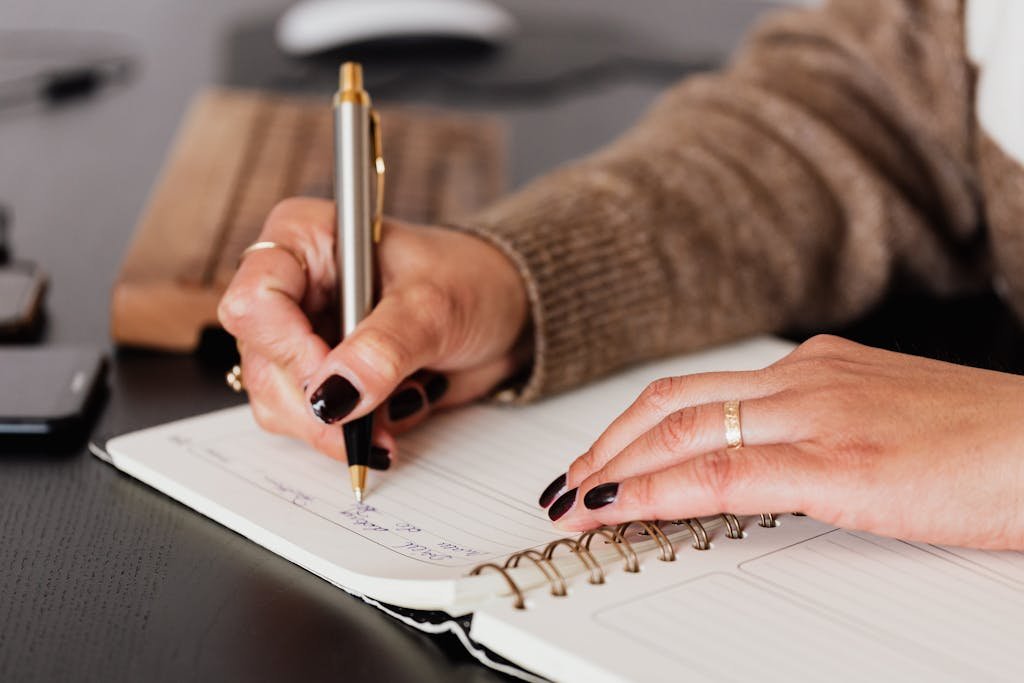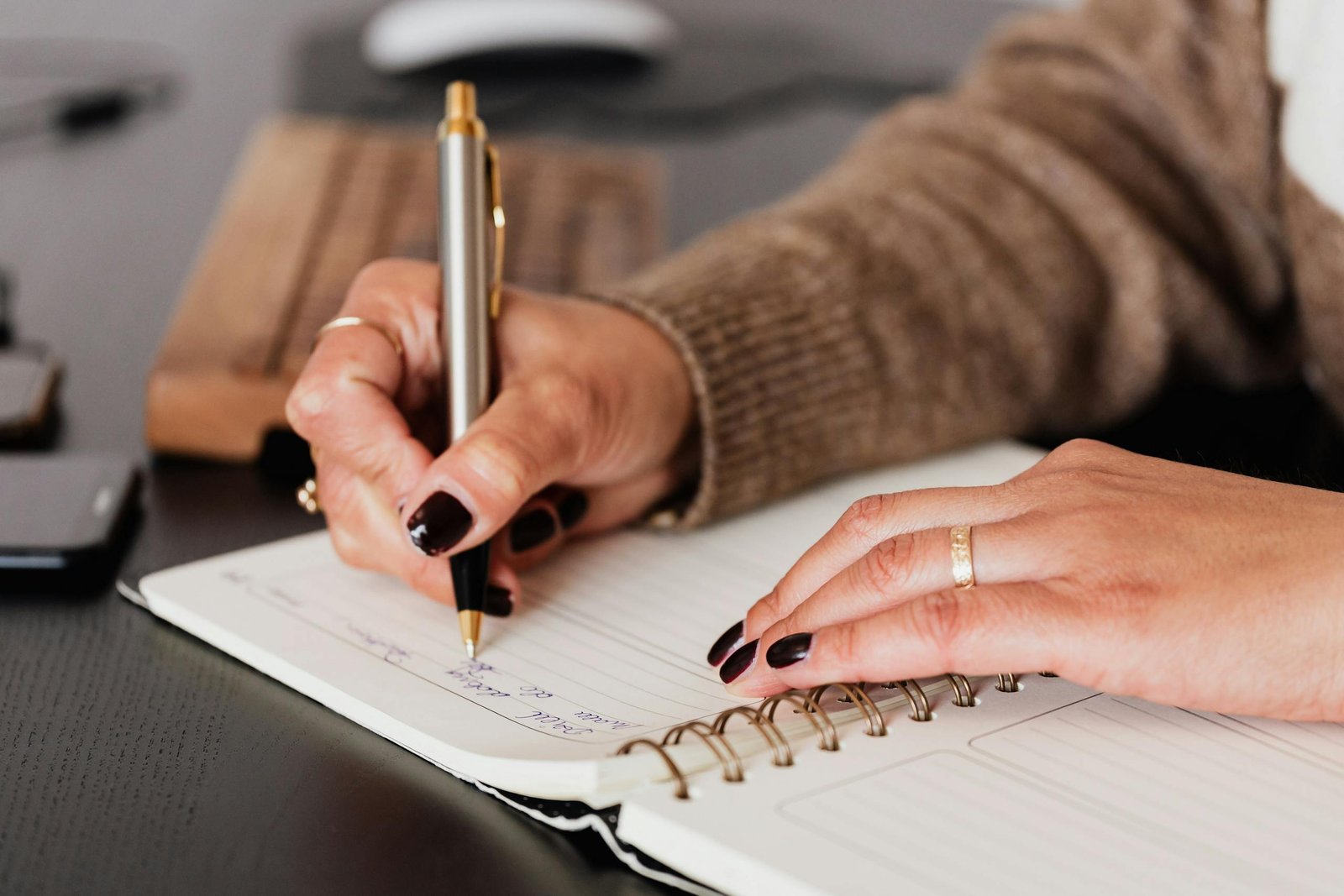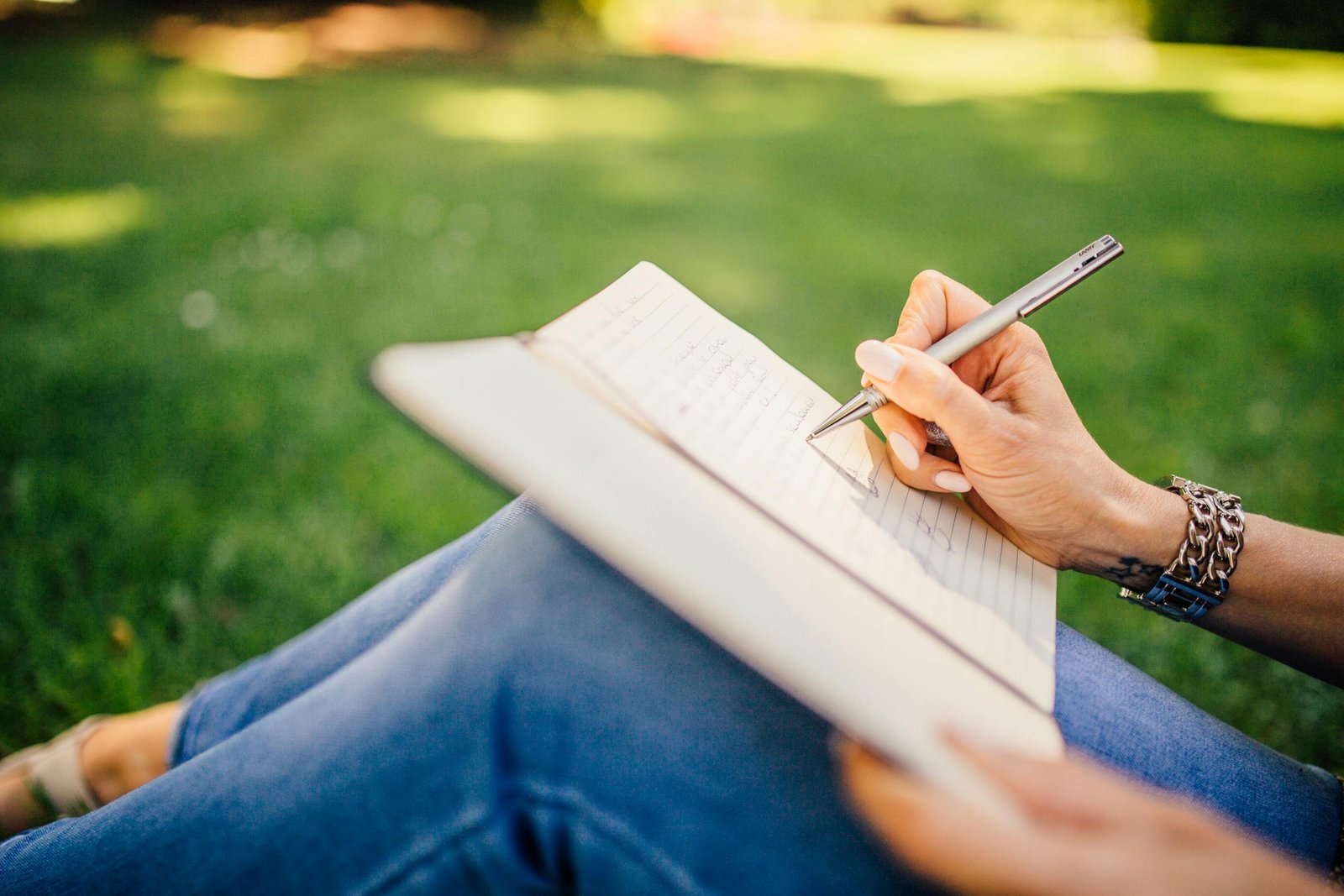Creative Journals
Explore our unique digital planners and handmade journals for effective organization and self-expression. Unleash Your Inner Artist: Why You Need a Creative Journal (and How to Start)

What is Journaling?
Unleash Your Inner Voice: Exploring the Power of Journaling
In the hustle and bustle of modern life, it’s easy to get swept away in the currents of responsibility, deadlines, and external pressures. But what about you? When do you take the time to connect with your thoughts, feelings, and dreams? This is where journaling steps in, offering a powerful and accessible pathway to self-discovery and well-being. But what exactly is journaling?

Why Journal? The Benefits Are Numerous
The benefits of journaling extend far beyond simply recording daily events. Studies have shown that regular journaling can:
Promote Healing: Journaling can be a therapeutic tool for processing trauma and grief.
Reduce Stress and Anxiety: Writing about your worries and anxieties can help you process them and gain a sense of control.
Improve Mood: Journaling can help you identify negative thought patterns and reframe them in a more positive light.
Enhance Self-Awareness: By regularly reflecting on your thoughts and feelings, you can gain a deeper understanding of yourself.
Boost Creativity: Journaling can serve as a brainstorming tool, helping you generate new ideas and solve problems.
Improve Memory: Writing about your experiences can help you consolidate memories and improve recall.

How to Start Journaling
In a world often driven by deadlines, to-do lists, and external pressures, it’s easy to lose touch with the creative spark that resides within each of us. But what if there was a simple, accessible tool to reignite that inner artist, a space free from judgment and brimming with possibility? Enter: the creative journal.
More than just a diary or sketchbook, a creative journal is a personalized playground for your imagination. It’s a place where you can experiment, explore, and express yourself without fear of failure. Whether you fancy yourself a seasoned artist or haven’t picked up a pen since grade school, a creative journal can unlock hidden talents and provide a much-needed boost to your overall well-being.
Getting Started: Embrace the Blank Page (and Don’t Be Intimidated!)
The beauty of a creative journal is its lack of rules. There’s no right or wrong way to do it. However, if you’re feeling overwhelmed, here are some tips to get you started:
- Gather Your Supplies: You don’t need expensive materials. A simple notebook and a pen are enough. But feel free to add colored pencils, paints, markers, washi tape, collage materials, or anything else that inspires you.
- Choose a Journal: Select a journal that resonates with you. It could be a small, pocket-sized notebook or a large, blank sketchbook. The important thing is that you feel comfortable using it.
- Start Small: Don’t feel pressured to create masterpieces. Begin with simple doodles, quick sketches, or short bursts of writing.
- Embrace Imperfection: This is not about creating perfect art; it’s about exploring and expressing yourself. Let go of the need to be perfect and embrace the messy, imperfect process.
- Use Prompts: If you’re stuck for ideas, use prompts to spark your creativity. Here are a few to get you started:
- Draw your favorite memory.
- Write a poem about a place you want to visit.
- Create a collage using images that represent your goals.
- List 10 things that make you happy.
- Draw a monster based on your fears.
- Make it a Habit: Consistency is key. Set aside a few minutes each day or several times a week to dedicate to your creative journal. Even just 15 minutes can make a difference.
- Don’t Judge: This is your personal space. Don’t criticize your work or compare yourself to others. Focus on the process and enjoy the journey.
Comments

Explore our unique digital planners and handmade journals, designed to enhance your organizational skills and inspire creativity in documenting your thoughts, ideas, and feelings effectively.

Our products are crafted to assist you in managing your life and business efficiently, providing the perfect blend of functionality and creativity for all your planning and journaling needs.
